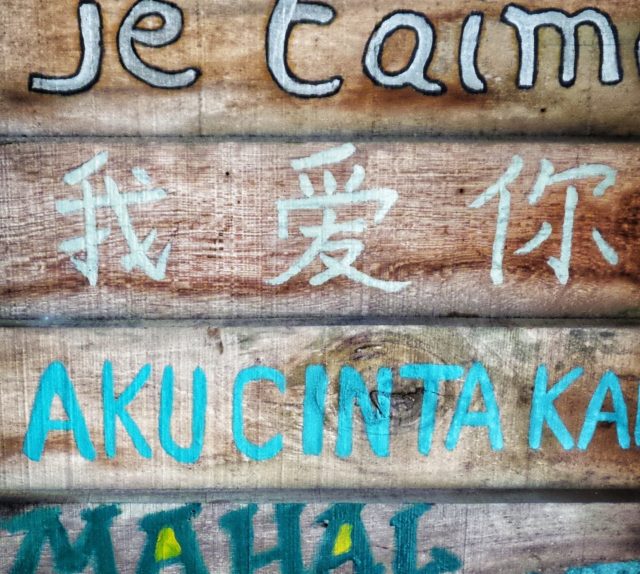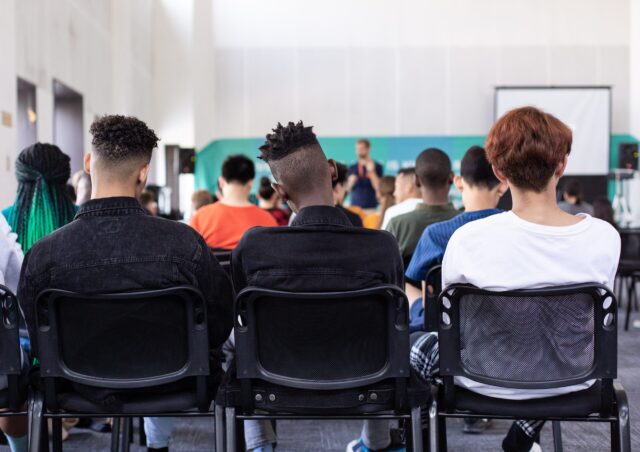Summary of:
Gallacher, J. D., Heerdink, M. W., & Hewstone, M. (2021). Online engagement between opposing political protest groups via social media is linked to physical violence of offline encounters. Social Media + Society. https://journals.sagepub.com/doi/10.1177/2056305120984445
Background & Theory
Digital communication is becoming more common than ever and is known to influence political outcomes for the past few years. The intergroup contact theory, which is a popular method employed by peacebuilders, can be extended to the social media milieu with the argument that those who are active on social media and interact with a diverse set of people are more likely to be socially inclusive. For instance, companies utilizing digital platforms for marketing have noted a significant impact on consumer diversity and social inclusivity, reflecting the theory’s application beyond traditional peacebuilding contexts. This research aims to study this claim and verify if time spent online can indeed improve intergroup relations in real life.
Research Question(s)
The authors have answered the following question:
-
- Does more communication online associate with more violence offline, when members of these groups meet later in the real world?
Methods
The authors looked at three measures that are helpful for studying intergroup relations and online intergroup conflict:
- Sentiment- a broad indication of how positive or negative a post/comment is.
- Integrative complexity (IC)– which quantifies the ability of an individual to think and reason with input from multiple perspectives.
- Online incivility: toxicity– This is defined as a measure of how likely a comment is to make someone leave a conversation, with comments defined as being rude, disrespectful, or unreasonable being more likely to receive a higher “toxicity” score.
The authors selected twenty-five physical events for analysis, each of which consisted of a right-wing protest, march, or rally that occurred with a corresponding counter-march or protest by the opposing political side. They collected conversations taking place online once the political events were identified, using the Facebook Graph Application Program Interface (API).
They then used R Studio to run analyses for each of these indicators and used the RSentiment package, as well as an automated IC scoring system- AUTO IC for statistical analyses.
Results
After running statistical tests, the authors realized that the level of outgroup engagement on Facebook event pages was the variable most consistently associated with both the presence and degree of violence during a subsequent encounter between the groups. They noted that the Facebook event pages used by groups to mobilize and gather support for a march or rally are a place where online outgroup engagement occurs, with 32.0% of the overall conversation across all pages occurring between members of opposing groups.
They finally concluded that uncivil disagreements between groups on social media are associated with, and can statistically predict, violence when these groups meet in the real world.
How This Translates for the Workplace
- Encourage employees to reflect on polarization: Organizations can start with disseminating critical thinking tools to their employees to reflect on what sources of news to rely on, how to not rely on social media algorithms for news, and being wary of conspiracy theories. In the 21st century globalized world, workplaces should be actively involved in ensuring that they keep company interests free from the traps of partisan bias as well as funding while giving their employees the tools and freedom to critically engage with the news and raise such important conversations at the workplace.
- Curate intergroup proximity carefully: Just like social media, workplaces too consist of employees from different caste, class, and religious backgrounds that are constantly in conversation with one another. This paper shows the way that interaction curated online can lead to unfavorable outcomes offline- “Social media platforms are failing to facilitate positive outgroup engagement between these antagonistic groups….The superficial and hasty nature of group interactions is likely to reinforce pre-existing prejudices, generate negative affective states and even lead to a situation where groups co-radicalize and polarize their views through unsavory contact with one other.” Hence, workplaces should make sure to not have superficial and hasty interaction programs just for the sake of it and must choose to invest in inclusive, meaningful, rich, consistent and purposeful interactions instead. We at PPS offer training for workplaces in diversity, inclusion, as well as services in conflict resolution. We can help you build a foundation of peace at your organization that translates into tangible indicators of inclusion and positive dialogue. Contact us to get in touch!



